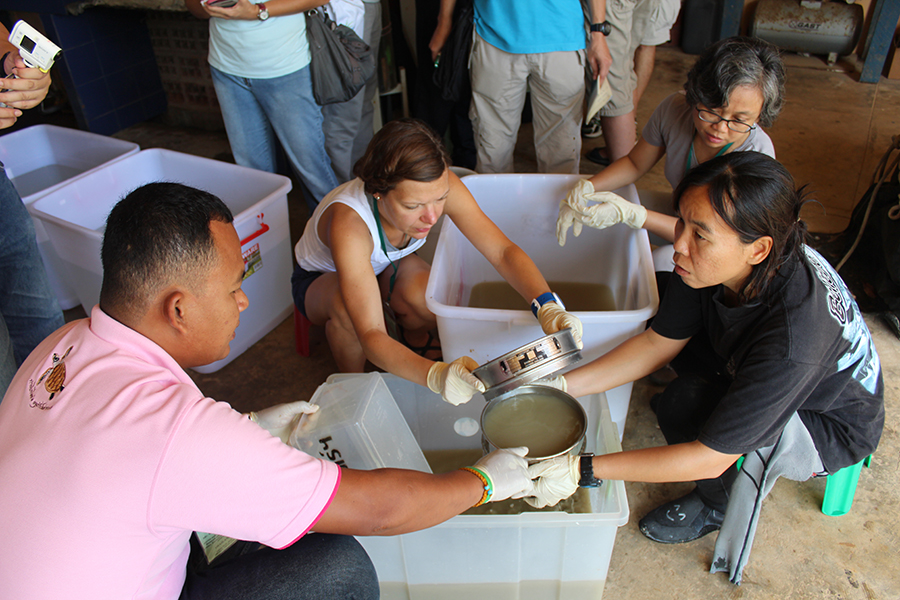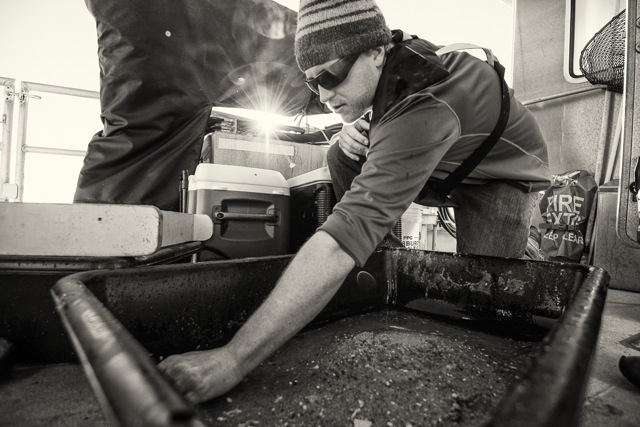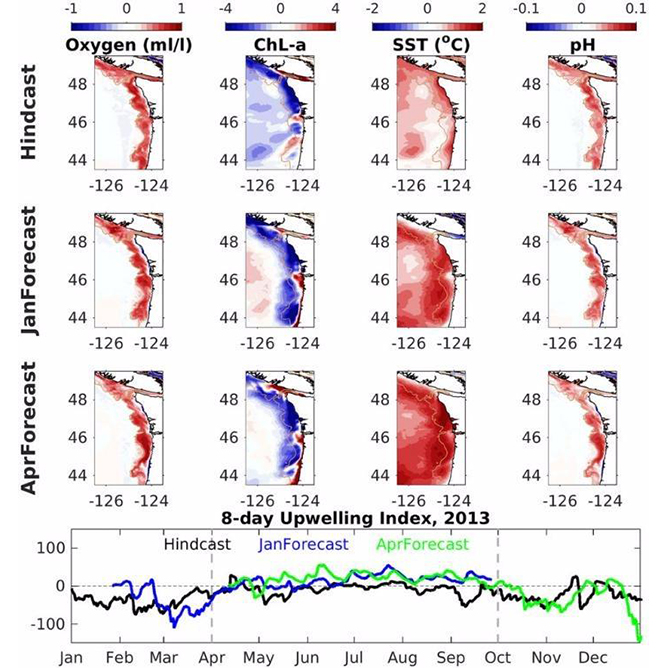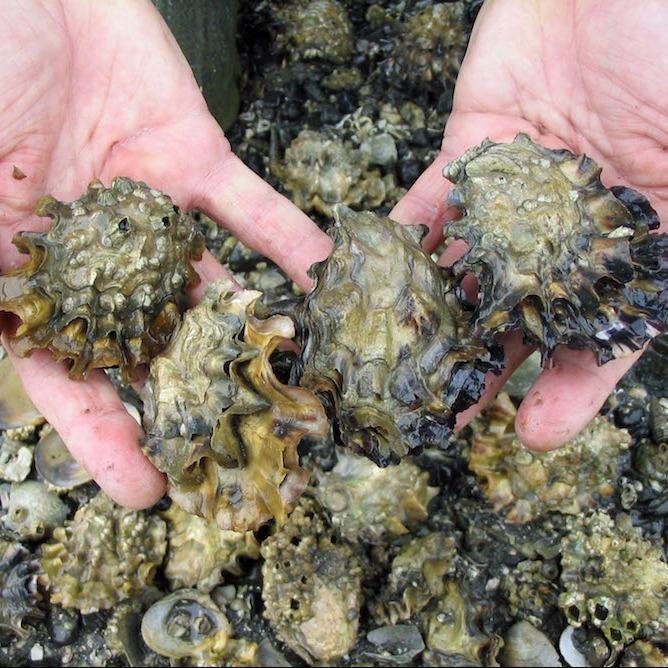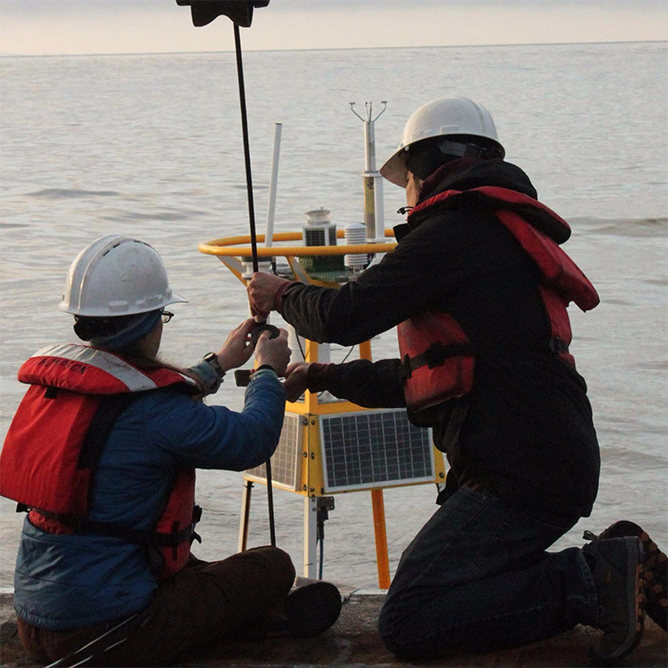Abstract submission: Synthesizing Ocean Acidification Information- Moving from raising awareness to supporting actions
NOAA's Ocean Acidification Program is planning a session for the ASLO 2017 Aquatic Sciences Meeting highlighting the transfer of ocean acidification knowledge from scientists to stakeholders. Registration and abstract submission are open for ASLO's 2017 Aquatic Sciences Meeting that will take place 26 February through 3 March 2017 in Honolulu, Hawaii, USA. In order to have
